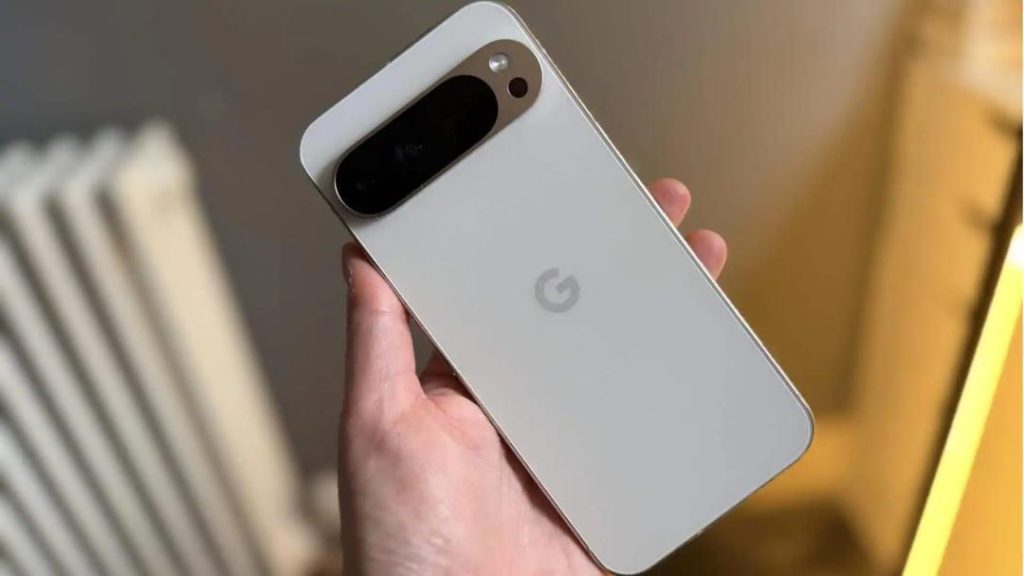
Android 16 Feature Will Make Stolen Phones Useless, Unsellable
In a significant move to enhance device security, Google has announced that the upcoming Android 16 will come equipped with a robust Factory Reset Protection (FRP) feature. This feature is designed to prevent thieves from reselling stolen devices by making them unusable and essentially worthless. The upgraded FRP will require a second factory reset if any setup wizard bypasses are detected, and the user will need to enter the original owner’s credentials to unlock the phone.
The news was reported by Newsbytes App, a leading technology news source, and highlights Google’s commitment to prioritizing user security and privacy. The FRP feature is not new to Android devices, but the upgraded version in Android 16 will take it to the next level by providing an additional layer of protection against device theft.
As we know, phone theft is a significant problem globally, with many stolen devices eventually ending up on the black market. The current FRP feature requires the user to enter their Google account credentials to unlock the device after a factory reset. However, this can be bypassed using specialized software and hardware tools, allowing thieves to resell the device to unsuspecting buyers.
The upgraded FRP feature in Android 16 aims to put an end to this practice by introducing a second layer of authentication. If the setup wizard is bypassed, the device will require a second factory reset, which can only be done by entering the original owner’s credentials. This means that even if a thief tries to sell the device, they will not be able to activate it without the original owner’s credentials, making the device essentially worthless.
The implications of this feature are significant, as it will greatly discourage phone theft and make it much more difficult for thieves to resell stolen devices. This is a major win for consumers, as it will provide them with an added layer of security and peace of mind.
But how will this feature work in practice? When a user sets up their Android device, they will be prompted to enter their Google account credentials. If the device is ever stolen and the thief tries to reset it, they will be prompted to enter these same credentials. However, if the thief tries to bypass this step using specialized software or hardware tools, the device will automatically detect this and require a second factory reset.
This second factory reset will wipe the device clean, and the user will need to enter their original owner’s credentials to unlock the phone. Without these credentials, the device will remain locked and unusable, making it essentially worthless to thieves.
The benefits of this feature are numerous. For one, it will greatly reduce the likelihood of phone theft, as thieves will know that they will not be able to resell the device without the original owner’s credentials. This will make it much less attractive for thieves to target Android devices, which will in turn reduce the overall incidence of phone theft.
Additionally, this feature will provide consumers with a greater sense of security and peace of mind. With the knowledge that their device is equipped with robust security features, they will be able to enjoy their device without worrying about the risk of theft.
In conclusion, the upgraded FRP feature in Android 16 is a significant step forward in the fight against phone theft. By making it much more difficult for thieves to resell stolen devices, this feature will greatly discourage phone theft and provide consumers with an added layer of security and peace of mind.
As Google continues to prioritize user security and privacy, we can expect to see even more robust security features in future versions of Android. With the enhanced FRP feature in Android 16, Google is setting a new standard for device security, and it will be interesting to see how other manufacturers respond.






